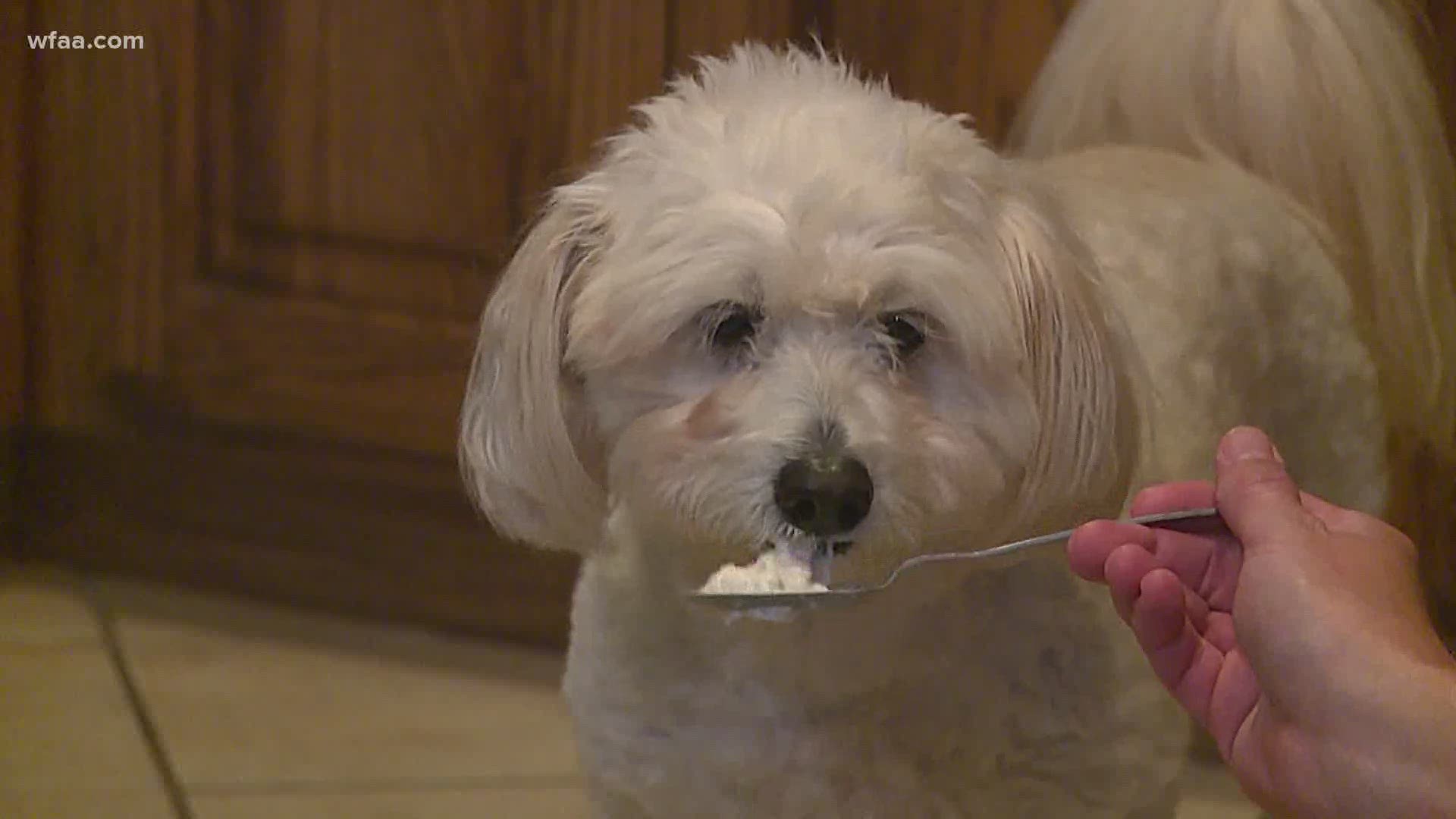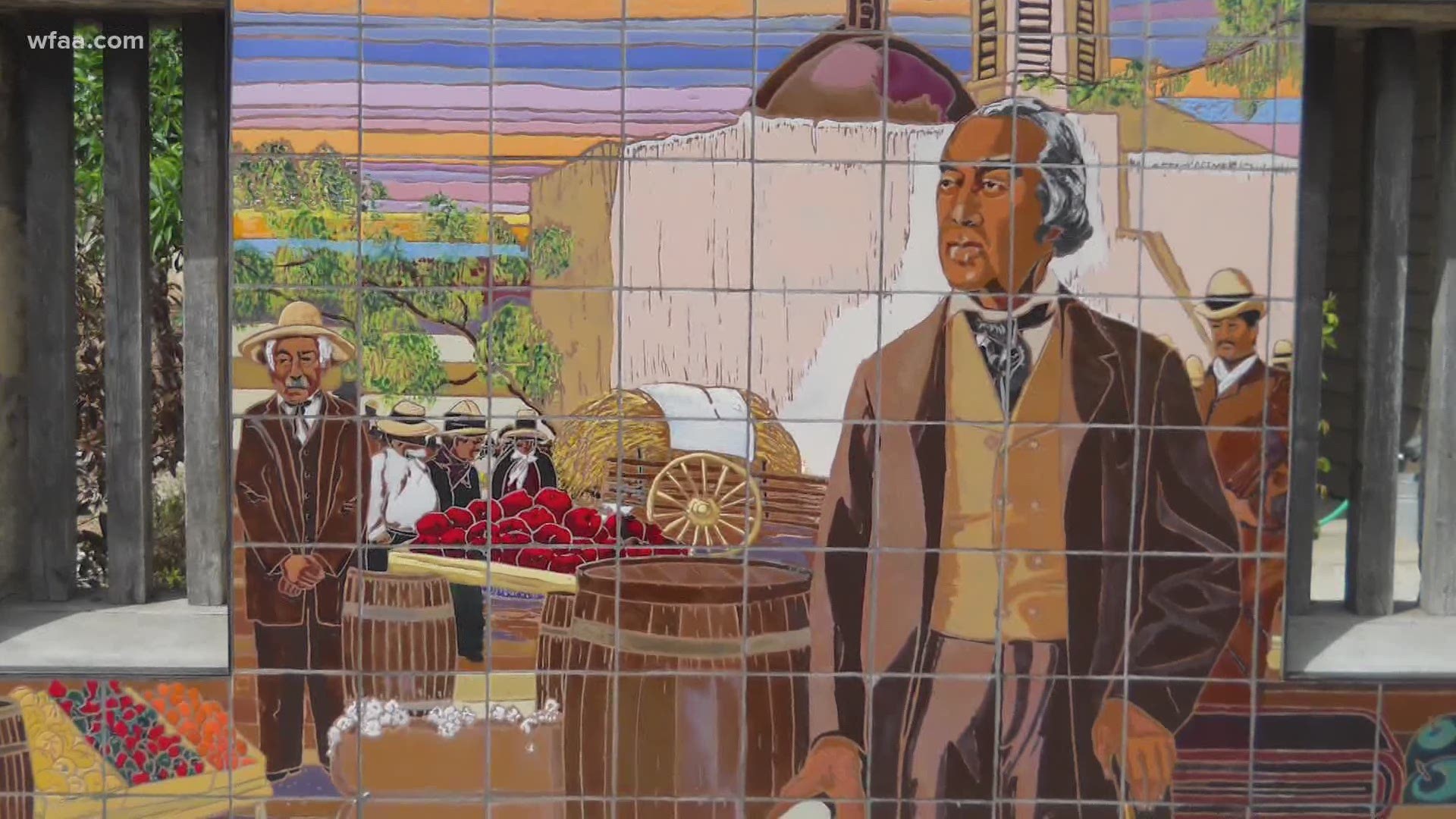Ice cream is one of the most universally loved desserts in the world.
Most ice creams contain just a few ingredients, but those few things are responsible for a lot of science.
There are four main things you need for any ice cream: sugar, fat, cold and most importantly, air.
Most cartons of ice cream contain 30 to 50% of air. Yes, almost half of what’s inside a carton of ice cream is air.
That’s not necessarily a bad thing because air is really important to the science of ice cream.
On the other hand, the more air is pumped into ice cream, the cheaper it is. That’s why off-brand ice creams often weigh less than more expensive cartons of the same size.
However, there are many reasons air is a good thing in ice cream.
One very noticeable way air is important is when it melts. Ice cream that’s melted and then refrozen is no longer creamy. It has more of an icy consistency. That’s because when it melted all the air disappeared and air is what holds every other ingredient together, especially the fat.
In ice cream, fat comes from cream and milk. However, fat doesn’t mix well with virtually anything. It’s the same reason oil (fat) and water don’t mix. In ice cream, though, when air is introduced it helps the fat molecules bond together with the other ingredients resulting in a creamy texture.
Not surprisingly, the reason ice cream tastes sweet is sugar.
Our tongues have thousands of taste buds that help us pick up flavors like sweet, salty, bitter, sour and umami. Because ice cream is so cold, a lot of our taste buds go numb when eating it and as a result, they’re unable to detect all those different tastes as well as they usually do.
For that reason, ice cream contains a lot of sugar.
Again, let’s use melted ice cream as an example. Melted ice cream tastes noticeably sweeter than frozen ice cream. Melted ice cream isn’t cold enough to numb the tongue, therefore allowing taste buds to pick up all the sweetness from the sugar.
The final major ingredient is cold. Whether a freezer, liquid nitrogen or ice, cold is responsible for ice cream going from a liquid to a solid. It happens through a basic heat transfer. The cream mixture has a higher (warmer) temperature than the cold element being used (freezer, ice, etc). When the warm cream is surrounded by cold it begins to give its warmth to the ice (thus, why the ice melts) and the cold is transferred to the cream, making it thicker and turning it into ice cream.
By placing salt on the ice, it creates a chemical reaction that helps speed up that process. It’s the same reason salt is put on icy roads. The salt helps the heat transfer happen faster.
Using big pieces of salt, like ice cream salt or kosher salt, allows ice cream to form more quickly than using something like table salt.
Luckily, the scientific chain of events that leads to ice cream happens without much thought on our part.
Below is a simple recipe for vanilla ice cream that you can make at home.
Ingredients
1 cup half and half or whipping cream (you can also use ½ cup cream and ½ cup milk)
1.5 tsp vanilla extract
1 tbsp sugar
ice
1/4 cup salt
Ziploc bags 1 small, 1 large
Instructions
- 1. Pour 1 cup of half and half into a small Ziploc bag.
2. Add 1.5 teaspoons of vanilla extract and 1 tablespoon of sugar.
3. Seal the bag firmly and get any excess air out.
4. In the larger Ziploc bag, fill it about 1/2 way with ice. Add 1/4 cup of salt.
5. Then add your small bag and fill with extra ice on top. Seal the large bag.
6. Get gloves for shaking and shake for 6 minutes. *Gloves are needed since the salt makes the ice extra cold.
7. Take the small bag out of the large bag and rinse the outside of the small bag with cold water. Make sure to rinse out the top part of the bag also (above the seal).
8. Once done rinsing, carefully open the small bag to not get any remaining salt from the outside of the bag inside the bag.
9. The ice cream will be a little icy looking to start. Use a spoon to mix it around and soften it up a bit. Scoop out and enjoy!


